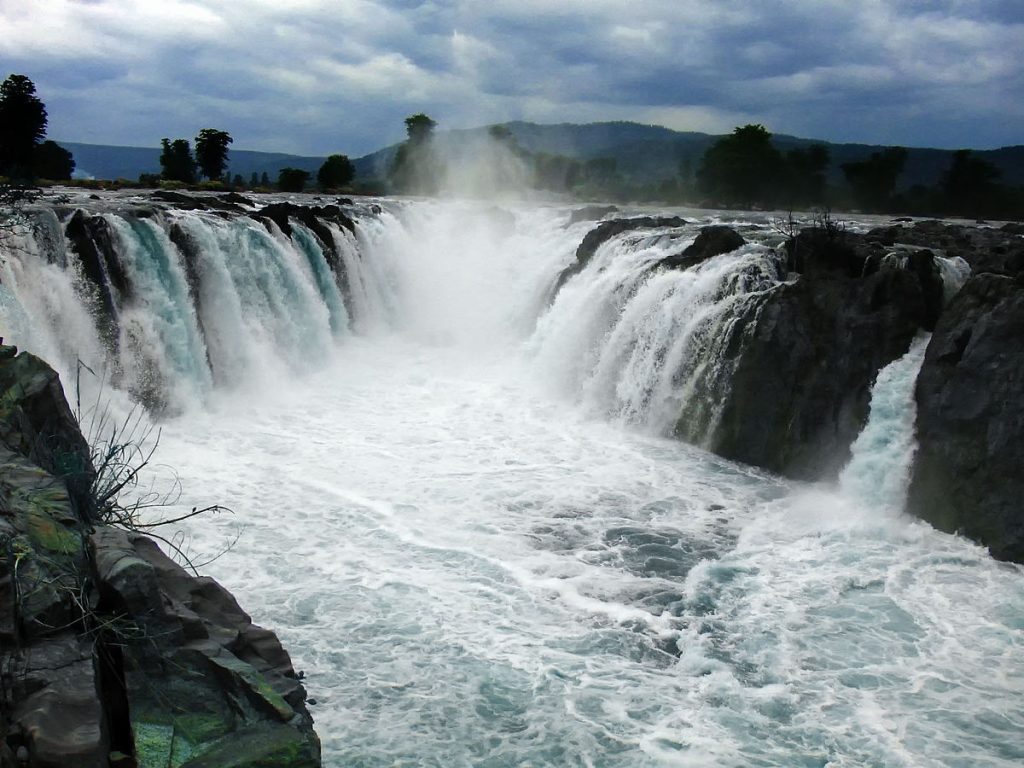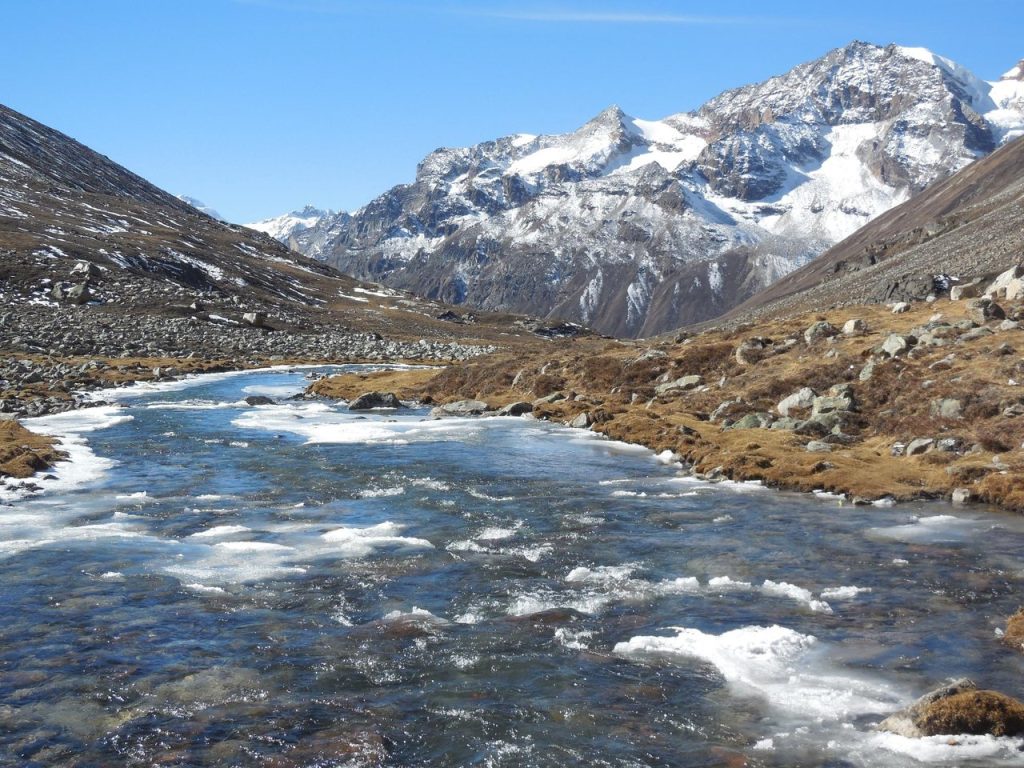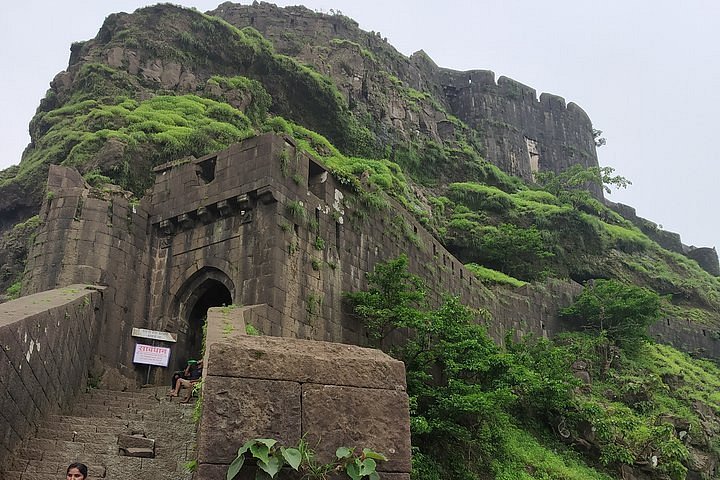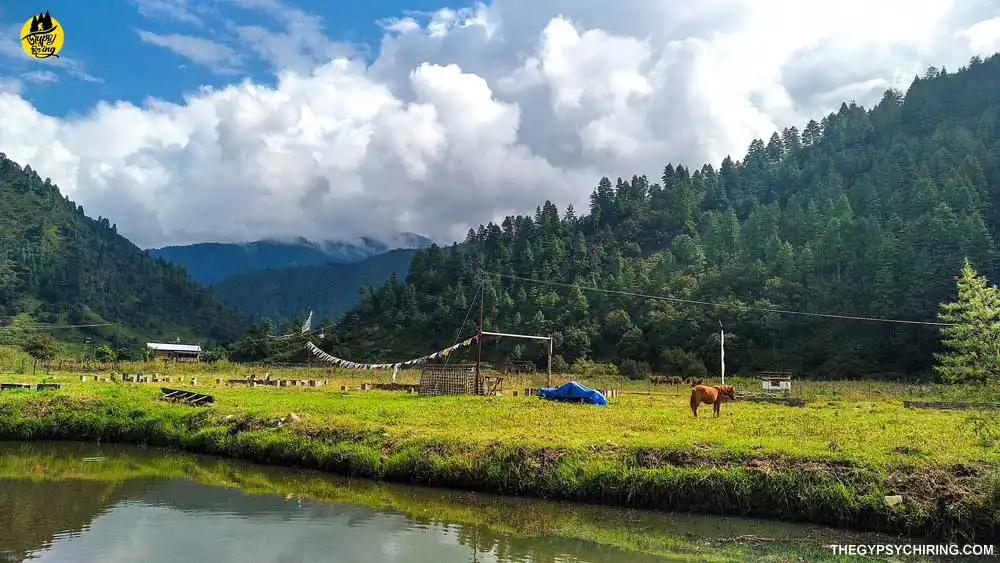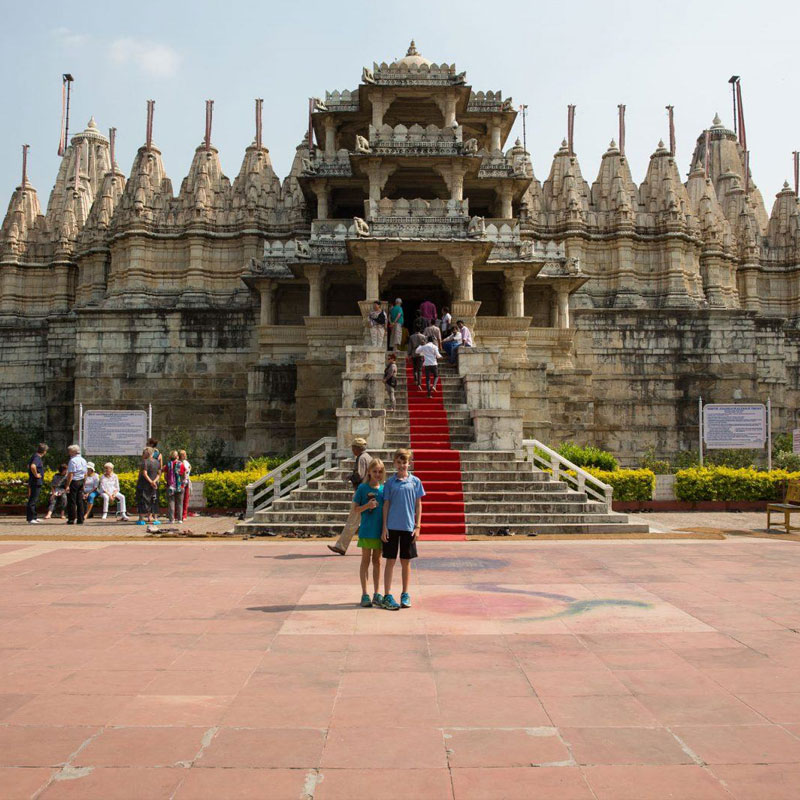India is home to many UNESCO World Heritage Sites. These sites showcase its rich history and culture.
India’s UNESCO World Heritage Sites are popular for their beauty and historical significance. They attract tourists from all over the world. Each site tells a unique story of India’s past. From ancient temples to grand forts, these places offer a glimpse into India’s diverse heritage.
Visiting them is like traveling through time. You can see the architectural marvels and understand the traditions. These sites are not just tourist spots; they are a testament to India’s glorious history. Exploring them can be an enriching experience. Whether you love history or enjoy beautiful places, these sites have something for everyone. So, let’s dive into the world of India’s UNESCO treasures.

Credit: mapsforupsc.com
Introduction To Unesco World Heritage Sites In India
India boasts a rich and diverse cultural heritage. From ancient temples to majestic forts, the country is home to numerous historical landmarks. Many of these sites are recognized by UNESCO for their cultural significance. These World Heritage Sites attract tourists from around the globe.
India’s Rich Cultural Heritage
India’s cultural heritage spans thousands of years. It includes a variety of traditions, arts, and architecture. The ancient temples of Khajuraho and the majestic Taj Mahal are prime examples. Each site tells a unique story. These stories are part of India’s rich tapestry.
These heritage sites reflect the country’s history and diversity. They showcase the evolution of Indian civilization. They also highlight the influence of various dynasties and cultures. Visitors can experience the grandeur of India’s past.
Significance Of World Heritage Sites
UNESCO World Heritage Sites are recognized globally. They are preserved for their outstanding value. These sites hold cultural, historical, and architectural importance. Their recognition helps protect and maintain them for future generations.
Being listed as a World Heritage Site brings various benefits. It increases tourism, which boosts local economies. It also raises awareness about the site’s significance. This helps in preserving the site’s integrity.
India’s UNESCO sites are a testament to its rich history. They offer insights into ancient civilizations. They also provide educational opportunities. These sites are vital for understanding India’s cultural evolution.
Taj Mahal
The Taj Mahal, a stunning white marble mausoleum, stands as one of India’s most iconic UNESCO World Heritage Sites. Built by Emperor Shah Jahan, it symbolizes eternal love and architectural grandeur.
The Taj Mahal, one of the most iconic landmarks in the world, is a must-visit destination for anyone traveling to India. This majestic white marble mausoleum, located in Agra, is a symbol of love and an architectural marvel that leaves visitors in awe. Whether you are a history enthusiast, an architecture aficionado, or simply looking for an unforgettable experience, the Taj Mahal has something to offer.History And Architecture
The history of the Taj Mahal is as captivating as its appearance. Built by Emperor Shah Jahan in memory of his beloved wife Mumtaz Mahal, this monument stands as a testament to eternal love. Constructed between 1632 and 1653, the Taj Mahal showcases the finest craftsmanship of the Mughal era. The architecture of the Taj Mahal is a blend of Persian, Islamic, and Indian styles. Its symmetrical design, intricate carvings, and the use of precious stones make it a masterpiece. The white marble that adorns the entire structure changes color with the sunlight, creating a mesmerizing effect. Have you ever witnessed a building that looks different at dawn, noon, and dusk? The Taj Mahal does just that. As you walk through the main gateway, the grand facade of the Taj Mahal will leave you speechless. The four minarets surrounding the central dome are slightly tilted outwards, a clever design to protect the main structure in case of an earthquake. Inside, the cenotaphs of Mumtaz Mahal and Shah Jahan are enclosed by an intricately carved marble screen. The detailed floral motifs and calligraphy on the walls add to the monument’s beauty.Visitor Information
Planning to visit the Taj Mahal? Here’s what you need to know. – Location: The Taj Mahal is situated in Agra, Uttar Pradesh, approximately 200 kilometers from Delhi. It’s accessible by train, bus, and car. – Best Time to Visit: The best time to visit is from October to March when the weather is pleasant. Early morning or late afternoon visits are ideal to avoid crowds and capture the changing hues of the marble. – Entry Fee: Entry fee for international tourists is INR 1100. For Indian citizens, it’s INR 50. Children under the age of 15 can enter for free. – Visiting Hours: The Taj Mahal is open from sunrise to sunset, except on Fridays when it is closed for prayers. To make the most of your visit: – Arrive Early: Get there before sunrise to witness the Taj Mahal in its morning glory and avoid the rush. – Hire a Guide: A knowledgeable guide can provide historical insights and point out details you might miss. – Respect the Rules: Follow the guidelines, such as no photography inside the mausoleum and no touching the walls. Can you imagine standing in front of the Taj Mahal, feeling the cool marble under your feet, and realizing you are witnessing a piece of history? It’s an experience that stays with you forever. So, when are you planning your visit to this wonder of the world?Jaipur City
Jaipur, known as the Pink City, is a UNESCO World Heritage Site. It is the capital of Rajasthan. The city is famous for its unique architecture. It blends Rajput and Mughal styles.
Historic Significance
Jaipur was founded by Maharaja Sawai Jai Singh II in 1727. It was designed by Vidyadhar Bhattacharya, a Bengali architect. The city was built following Vastu Shastra principles. It has a planned layout with wide streets and large squares.
Jaipur was an important trade and cultural hub. It connected northern India with western ports. The city’s architecture reflects its rich history. Forts, palaces, and temples tell stories of its glorious past.
Major Attractions
The Amber Fort is a must-visit. It showcases stunning architecture and scenic views. The City Palace is another major attraction. It houses museums and historical artifacts.
Hawa Mahal, also known as the Palace of Winds, is iconic. Its intricate facade has 953 small windows. Jantar Mantar, an astronomical observatory, is fascinating. It features large instruments for studying the stars.
Visitors also love the vibrant bazaars. Johari Bazaar and Bapu Bazaar offer traditional crafts and jewelry. Jaipur’s attractions are diverse and captivating.
Ellora Caves
The Ellora Caves, located in Maharashtra, India, are a UNESCO World Heritage Site. These caves are famous for their impressive rock-cut temples and monasteries. They showcase the brilliance of ancient Indian architecture. The caves date back to between the 6th and 10th centuries. There are 34 caves in total, each with unique features.
Ancient Rock-cut Temples
Ellora Caves are renowned for their rock-cut temples. These temples were carved directly into the cliffs. The most famous temple is the Kailasa Temple. It is dedicated to Lord Shiva. The entire structure was carved from a single rock. This makes it a remarkable feat of engineering. The temple is adorned with intricate carvings and sculptures. These depict scenes from Hindu mythology. The craftsmanship is detailed and exquisite.
Cultural And Religious Importance
The Ellora Caves hold great cultural and religious significance. They are a symbol of religious harmony. The caves house Hindu, Buddhist, and Jain temples. This coexistence reflects India’s diverse spiritual history. Pilgrims and tourists visit the caves to experience this unique blend. The caves also serve as a reminder of India’s rich heritage. They are a testament to the creative genius of ancient Indian artists. The caves continue to inspire awe and admiration.
Sun Temple, Konark
The Sun Temple, Konark stands as a testament to India’s rich heritage. Located in Odisha, it attracts countless tourists and history enthusiasts. Built in the 13th century, this temple remains a significant landmark. Its intricate carvings and grandeur leave visitors in awe. Let’s dive deeper into its wonders.
Architectural Marvels
The Sun Temple’s architecture showcases the skill of ancient Indian craftsmen. The temple resembles a colossal chariot with twelve pairs of wheels. Each wheel is detailed with beautiful carvings. The chariot appears to be drawn by seven horses. This unique design symbolizes the Sun God’s chariot.
The temple’s walls tell stories through sculptures and engravings. These depict scenes from daily life, mythology, and celestial beings. The precision and artistry involved are truly remarkable. The use of iron beams in construction also highlights advanced engineering techniques.
Mythological Background
Mythology surrounds the Sun Temple, making it even more fascinating. According to legend, the temple was built by King Narasimhadeva I of the Eastern Ganga Dynasty. He dedicated it to the Sun God, Surya, to honor his victory.
An intriguing myth speaks of Samba, Lord Krishna’s son, who worshipped the Sun God here. He sought a cure for his leprosy. The temple’s location, near the sea, adds to its mystical aura. Ancient texts and folklore enrich the temple’s mythological significance.
Kaziranga National Park
Kaziranga National Park in Assam, India, is a UNESCO World Heritage site. It is famous for its dense population of the one-horned rhinoceros. The park spans over 430 square kilometers, offering a natural sanctuary for wildlife. It is a significant attraction for tourists and nature lovers.
Biodiversity And Wildlife
Kaziranga boasts diverse flora and fauna. It is home to the world’s largest population of one-horned rhinos. You can also find elephants, tigers, and wild water buffaloes here. Birdwatchers can spot various migratory birds. The park’s wetlands, grasslands, and forests provide rich habitats.
Conservation Efforts
Conservation efforts at Kaziranga are robust. Anti-poaching measures are in place to protect rhinos. Rangers patrol the park regularly. Local communities are involved in conservation activities. Education programs raise awareness about wildlife protection.
These efforts have increased the rhino population. The park is a success story in wildlife conservation. It serves as a model for other conservation projects. Kaziranga remains a vital sanctuary for endangered species.
Red Fort Complex
The Red Fort Complex is one of India’s most famous UNESCO World Heritage Sites. It showcases stunning Mughal architecture and rich history. This iconic landmark in Delhi attracts millions of visitors annually.
The Red Fort Complex in Delhi is a symbol of India’s rich history and cultural heritage. Constructed by the Mughal Emperor Shah Jahan in the mid-17th century, this majestic fort stands tall as a testament to the architectural brilliance and historical significance of the Mughal era. Visiting the Red Fort is like stepping into a different era, where every corner whispers tales of India’s glorious past.Historical Overview
The Red Fort Complex, also known as Lal Qila, was the main residence of the Mughal emperors for nearly 200 years. Shah Jahan commissioned its construction in 1638 when he decided to move his capital from Agra to Delhi. This grand fort witnessed numerous historical events. From the British colonial period, when it served as a military camp, to India’s first Independence Day speech by Prime Minister Jawaharlal Nehru in 1947. The fort’s walls have seen the rise and fall of empires, making it a pivotal site in India’s history. When you walk through its gates, you’re not just entering a fort; you’re stepping into a living museum that has shaped India’s identity.Architectural Splendor
The architectural brilliance of the Red Fort is truly awe-inspiring. Made predominantly of red sandstone, the fort is an exquisite blend of Persian, Timurid, and Indian architectural styles. One of the first things you’ll notice is the massive Lahore Gate, which serves as the main entrance. As you pass through, you’ll find yourself in the bustling Chatta Chowk, a market that once sold goods to the royal family. Inside, the Diwan-i-Aam (Hall of Public Audiences) and Diwan-i-Khas (Hall of Private Audiences) stand out for their intricate design and historical importance. The Diwan-i-Khas, in particular, is famous for its Peacock Throne, which was once adorned with precious stones and gold. The fort also houses the beautiful Mumtaz Mahal and Rang Mahal, where the royal family resided. The detailed carvings, the use of marble, and the beautiful gardens like the Hayat Bakhsh Bagh reflect the opulence of Mughal architecture. When you explore these magnificent structures, you can’t help but marvel at the craftsmanship and attention to detail. Imagine the stories these walls could tell if they could speak. Have you ever wondered what it was like to live in such grandeur? The Red Fort Complex offers a glimpse into that world, making history come alive right before your eyes. Whether you are a history enthusiast, an architecture lover, or someone seeking to connect with India’s cultural roots, the Red Fort Complex is a must-visit. It’s not just a monument; it’s a journey through time that leaves you with a deeper appreciation of India’s rich heritage.
Credit: www.facebook.com
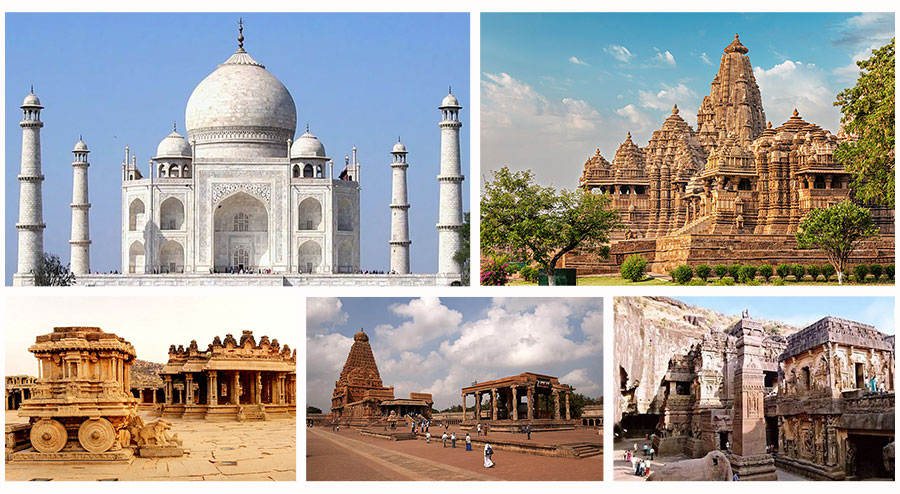
Credit: titlyy.com
Frequently Asked Questions
What Are The 7 Natural Unesco Heritage Sites In India?
India’s 7 natural UNESCO heritage sites are: Kaziranga National Park, Keoladeo National Park, Manas Wildlife Sanctuary, Nanda Devi and Valley of Flowers National Parks, Sundarbans National Park, Western Ghats, and Great Himalayan National Park.
How Many Unesco World Heritage Sites Are India?
India has 40 UNESCO World Heritage Sites. These include cultural, natural, and mixed sites. They attract tourists globally.
Which Is The Most Famous Heritage Place In India?
The Taj Mahal is the most famous heritage place in India. This stunning marble mausoleum attracts millions of visitors annually.
Which Is The 42 Unesco World Heritage Site In India?
The 42nd UNESCO World Heritage Site in India is the historic city of Dholavira in Gujarat. Recognized in 2021, Dholavira is an ancient Harappan city known for its advanced urban planning, water management systems, and impressive architecture.
Conclusion
India offers many UNESCO World Heritage Sites worth exploring. These sites showcase India’s rich history and cultural diversity. Each place tells a unique story, from ancient temples to majestic forts. Visiting these heritage sites provides a deep connection to India’s past.
Plan your trip and discover the beauty of these landmarks. Enjoy the journey through time and marvel at the architectural wonders. India’s heritage sites await your arrival.
{ “@context”: “https://schema.org”, “@type”: “FAQPage”, “mainEntity”: [ { “@type”: “Question”, “name”: “What are the 7 natural UNESCO heritage sites in India?”, “acceptedAnswer”: { “@type”: “Answer”, “text”: “India’s 7 natural UNESCO heritage sites are: Kaziranga National Park, Keoladeo National Park, Manas Wildlife Sanctuary, Nanda Devi and Valley of Flowers National Parks, Sundarbans National Park, Western Ghats, and Great Himalayan National Park.” } } , { “@type”: “Question”, “name”: “How many UNESCO World Heritage Sites are India?”, “acceptedAnswer”: { “@type”: “Answer”, “text”: “India has 40 UNESCO World Heritage Sites. These include cultural, natural, and mixed sites. They attract tourists globally.” } } , { “@type”: “Question”, “name”: “Which is the most famous heritage place in India?”, “acceptedAnswer”: { “@type”: “Answer”, “text”: “The Taj Mahal is the most famous heritage place in India. This stunning marble mausoleum attracts millions of visitors annually.” } } , { “@type”: “Question”, “name”: “Which is the 42 UNESCO World Heritage Site in India?”, “acceptedAnswer”: { “@type”: “Answer”, “text”: “The 42nd UNESCO World Heritage Site in India is the historic city of Dholavira in Gujarat. Recognized in 2021, Dholavira is an ancient Harappan city known for its advanced urban planning, water management systems, and impressive architecture.” } } ] }
